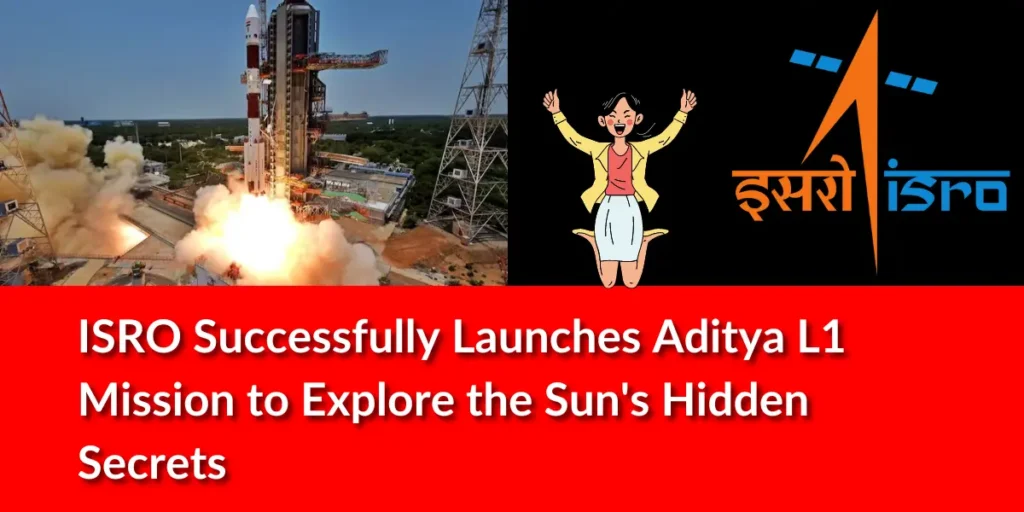The mission has seven scientific tools made to study different things about how the Sun behaves.

–
| Aditya-L1 represents India’s groundbreaking mission aimed at studying the Sun. This mission is equipped with seven scientific instruments, and its primary goal is to decipher the enigmatic aspects of our solar star. |
India achieved a big milestone in its space exploration efforts when the Indian Space Research Organisation (ISRO) successfully launched its inaugural solar observatory mission, named Aditya-L1, last Saturday.
The launch happened at 11:50 am Indian Standard Time (IST) from the Satish Dhawan Space Centre in Sriharikota, Andhra Pradesh. The spacecraft disconnected from the fourth stage of the rocket about an hour after the launch, making it one of the lengthiest missions ever for the Polar Satellite Launch Vehicle.
Aditya-L1 is India’s first mission to explore the Sun and its ever-changing behavior. The spacecraft will journey about 1.5 million kilometers away from Earth to place itself in a special orbit around a spot known as Lagrange point 1 (L1) in the Sun-Earth system.
This great spot will let the satellite keep an eye on the Sun all the time, without any interruptions from eclipses. It will give us instant info on what the Sun is up to and how it’s affecting space weather.
The mission takes along seven scientific tools meant to explore different aspects of the Sun’s actions. These tools include the Visible Emission Line Coronagraph (VELC), Solar Ultraviolet Imaging Telescope (SUIT), Aditya Solar Wind particle Experiment (ASPEX), and a Plasma Analyser Package for Aditya (PAPA).
These tools will give us a way to watch the Sun’s atmosphere using multiple wavelengths, starting from the surface and going all the way to the outer layer. This will help scientists track how energy and materials move between these different layers.
One important goal of the Aditya-L1 mission is to solve the puzzle of the Sun’s corona, which is much hotter than its surface. Scientists aim to figure out how and why this outer layer of the Sun gets so hot by closely studying its behavior.
This information can help us predict space weather better and understand how it might impact our communication systems, satellites, and power grids.
The goal is also to figure out how the Sun’s rays influence Earth’s climate over a long time.
Watching the Sun’s near-UV radiation and how it influences our upper atmosphere can help us grasp how changes in the Sun might influence the patterns of Earth’s climate.
The successful launch of Aditya-L1 is a big achievement for India’s space exploration efforts.
The goal of this mission is to make significant discoveries and gain valuable insights in the study of the Sun and how it affects Earth and outer space. It aims to improve our understanding of the Sun’s behavior and its interactions with our planet and the surrounding space.